Liquidation Clothing Pallets For Sale – Wholesale Bulk Lots Up to 90% Off! Per Pallet and Truckload!
$5,000.00 Original price was: $5,000.00.$2,000.00Current price is: $2,000.00.
Get high-quality liquidation clothing pallets at unbeatable prices! Our bulk lots include brand-name apparel, overstock, returns perfect for resellers.
What Are Liquidation Clothing Pallets?
-
Definition and industry meaning
Liquidation clothing pallets are bulk lots of brand-name apparel sold at steep discounts typically from retailers, warehouses, or overstock liquidators. These pallets contain new, returned, or lightly used clothing (men’s, women’s, or kids’) and are resold to thrift stores, online sellers, and discount retailers for profit.
-
Industry meaning & How They Work
In the retail liquidation industry, clothing pallets are a key part of the reverse supply chain, helping brands and stores recover value from unsold goods. Common sources include:
Retail overstock (excess inventory from stores like Walmart, Target, or Amazon).
Customer returns (new or lightly used items sent back by shoppers).
Closeout deals (discontinued styles or seasonal clearance).
Bankruptcies & store closures (liquidated stock sold in bulk).
-
Why retailers liquidate clothing
-
1. Overstock & Inventory Mismanagement
Retailers often over-order due to forecast errors, fear of running out of stock, or inaccurate inventory tracking ● demand planning failures lead to surplus merchandise that sits idle. These inefficiencies burden storage and bleed profitability.
-
2. Seasonal Transitions & Trend Obsolescence
Fashion is cyclical. As seasons change, unsold seasonal clothing quickly becomes outdated. Retailers must move these items fast before they lose relevance or appeal Appar Global. Remaining stuck in outdated assortments can harm brand perception and revenue.
-
3. Cash Flow Improvement
Wholesale Liquidation Clothing allows retailers to convert excess inventory into cash swiftly, which can then be reinvested in new collections, promotions, or operational needs. This helps maintain liquidity, especially during tight economic periods or downturns.
-
4. Lower Holding & Storage Costs
Holding dead stock incurs ongoing costs—warehousing, insurance, handling, and depreciation. Liquidation helps minimize these costs and reduce capital tied up in slow-moving goods.
-
5. Preventing Dead Stock & Brand Dilution
Unsold inventory that ages too much is considered “dead stock.” Liquidating these early prevents capital losses and protects brand image by keeping in-season and appealing items front and center.
-
6. Supply Chain Disruptions & Overproduction
Retailers may end up with surplus due to supply chain delays or overproduction in anticipation of demand. When reality falls short, the excess must be cleared—for example, excess garments when sales slow unexpectedly.
-
7. Managing Returns & Reverse Logistics
Online shopping returns impose substantial costs. Clothing has one of the highest return rates (~56%), and processing returns efficiently is expensive. To avoid further loss, returned or lightly used items are often liquidated at deep discounts or sold in bulk pallets.
-
8. Store Closures & Bankruptcy
When retailers face financial distress or decide to shutter locations—like Forever 21 or Bob’s Stores—they resort to large-scale liquidation sales to move stock quickly as part of their exit or restructuring strategy.
Source: Excess inventory from stores like Walmart, Target, or Amazon.
Condition: Mix of new with tags (NWT), customer returns, or overstock.
Packaging: Stacked on pallets (ex: 500–2,000+ items per pallet) and sold by the box or truckload.
Who Buys Them?
Resellers(eBay, Poshmark, flea markets)
Thrift stores & boutiques.
Discount clothing retailers.
Nonprofits & exporters.
Types of Wholesale Liquidation Clothing Pallets
Liquidation clothing store offers all brands of Shelf pulls, Customer returns and Overstock & seasonal clearance.
Where to Buy Liquidation Clothing Pallets
We work directly with major retailers: B-Stock – Largest B2B liquidation marketplace (Walmart, Target Returns).
Our shop have reliable platform with inspected pallets which is Liquidation,com for customers satisfaction, (now part of B-Stock).
In wholesale liquidation clothing, there is Bulq by B-Stock curated lots with buyer protection.
We also partner with Direct Liquidation for big box retailers like Lowe’s, Macy’s.
Liquidation pallets near me has 888 Lots which is good for mixed apparel pallets at low prices.
What to Expect in a Clothing Pallet
Brands Included
-
liquidation clothing pallets has general and Tier‑1 name brands are common: Nike, Calvin Klein, Tommy Hilfiger, Ralph Lauren, Levi’s, Champion, Hanes, and more
- Some pallets may feature designer labels or exclusive department store overstock like Michael Kors or DKNY.
- Other lots mix unbranded or lesser-known apparel that can still perform well if priced competitively.
Size & Gender Mix
-
Sizes typically range from XS to 3XL for adults, with a mix across Men’s, Women’s, and Kids (including toddler & youth sizes)
- Expect a fairly even distribution: for example, men’s clothing may break down as S (10%), M (25%), L (30%), XL (25%), 2XL/3XL (10%)
-
Condition Tiers & Quality
-
Grade A (~50–60%): New‑with‑tags or shelf‑pull overstock, minimal or no signs of wear.
-
Grade B (~30%): Like-new returns, lightly used with minor fixes needed.
-
Grade C (~10%): Items with visible wear, minor damage, or cosmetic defects that may still be resellable or salvaged
-
Keep in mind:
-
Unprocessed pallets may include hang tags, clearance stickers, ink tags or sensors, and wrinkles or packing compression
- Minor issues like stains, loose buttons, small tears, missing parts and packaging defects are expected—budget a small percentage as non‑resellable (~5–10%).
-
-
Sample Inventory Breakdown
Example: Shirt‑Only Pallet (600–800 items)
-
T‑shirts: ~250 units (brands: Hanes, Gildan, Nike)
-
Polos: ~150 units (Ralph Lauren, Lacoste, Nautica)
-
Dress shirts: ~100 units (Calvin Klein, Van Heusen, DKNY)
-
Casual button‑ups: ~120 units (Tommy Hilfiger, Levi’s, H&M)
-
Graphic tees: ~80 units (Marvel, Disney, Urban Outfitters)
-
Kids’ shirts: ~100 units (GAP Kids, Carter’s, OshKosh).
-
Example: Mixed Apparel Pallet (300–350 items)
Includes:-
Tops (basic tees, blouses, button-ups, polos)
-
Outerwear (jackets, hoodies, sweaters)
-
Bottoms (jeans, leggings, casual pants, shorts)
-
Dresses & skirts (casual, formal, seasonal styles)
-
Kids’ items (rompers, schoolwear, pajama sets)
-
Seasonal/specialty items (activewear, swimwear, maternity)
-
Occasionally accessories like scarves, hats, shoes and socks.
-
Larger Mixed Pallet (~500+ items)
-
Sweaters, jackets, blouses, activewear, jeans, skirts, dresses, tops, and occasional accessories—often from known brands like Calvin Klein, Guess, Michael Kors
-
-
Quick Reference Table
| Feature | Typical Expectation |
|---|---|
| Brands | Name brands (Nike, Calvin Klein, Levi’s) and some unbranded |
| Sizes & Genders | Mixed: XS–3XL, Men’s/Women’s/Kids |
| Condition Grades | Grade A (~60%), B (~30%), C (~10%) |
| Common Issues | Wrinkles, tags, minor defects, mix of bagged/unbagged items |
| Item Count per Pallet | ~300–800 pieces depending on type |
| Apparel Type Mix | T‑shirts, outerwear, activewear, dresses, jeans, kidswear |
| Non‑Resellable % | Approx. 5–10% of items for defects or unsellable steel |
1. Start Small & Scale Smart
-
Begin with one pallet or small lot—this limits risk and helps you learn logistics and resale flow without a huge upfront investment
- Wholesale liquidation clothing has options for manifested or condition-graded pallets (new, open-box, like-new), which offer transparency and reduce surprises.
-
Liquidation clothing pallets gradually increase buying scale only after mastering sorting, pricing, and selling cycles.
Be the first to review “Liquidation Clothing Pallets For Sale – Wholesale Bulk Lots Up to 90% Off! Per Pallet and Truckload!” Cancel reply
Related products
CLOTHES and Shoes PALLETS
CLOTHES and Shoes PALLETS
CLOTHES and Shoes PALLETS
Lululemon For Sale – Yoga Pants, Leggings & More | Authentic Activewear at Discounted Prices
CLOTHES and Shoes PALLETS
CLOTHES and Shoes PALLETS
Liquidation Pallet Of Nike Shoes – Bulk Authentic Nike Footwear at Wholesale Prices
CLOTHES and Shoes PALLETS
Electronic Liquidation Pallets For Sale – Bulk Discount on Overstock & Return (2025)
CLOTHES and Shoes PALLETS
CLOTHES and Shoes PALLETS
AUTHENTIC Liquidation Women’s Clothes Bulk – 80% Off Retail | Per Pallet $2,500
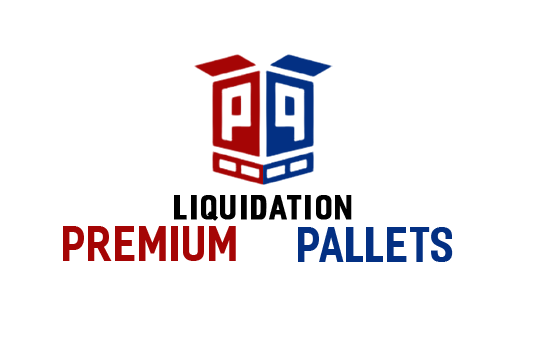

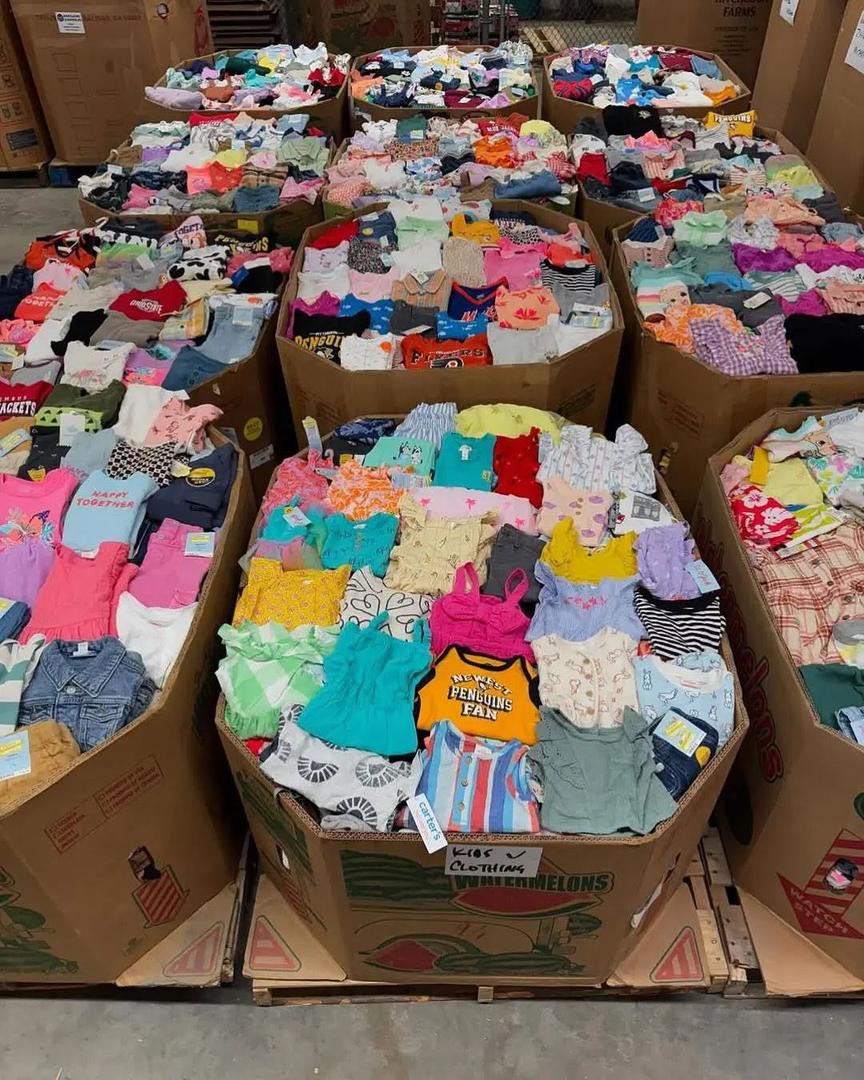
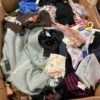
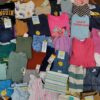
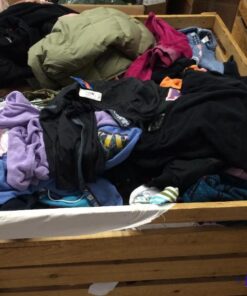
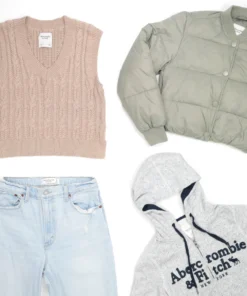
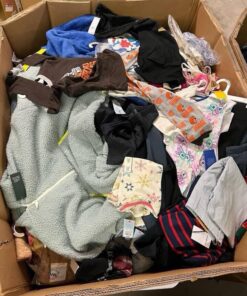
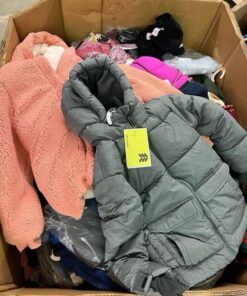
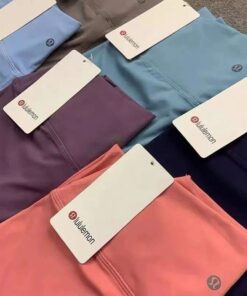
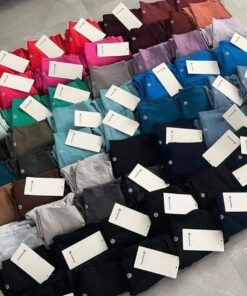
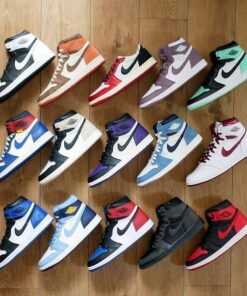
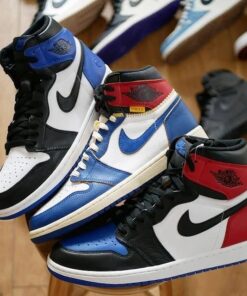


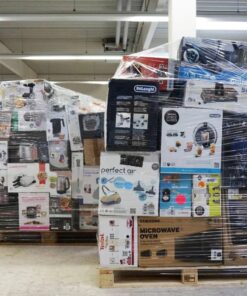

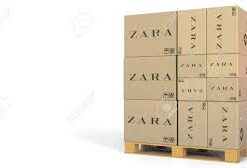
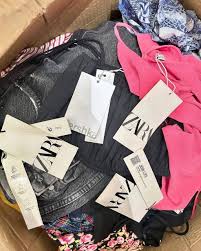
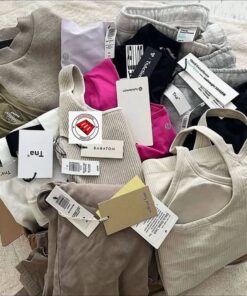

Reviews
There are no reviews yet.